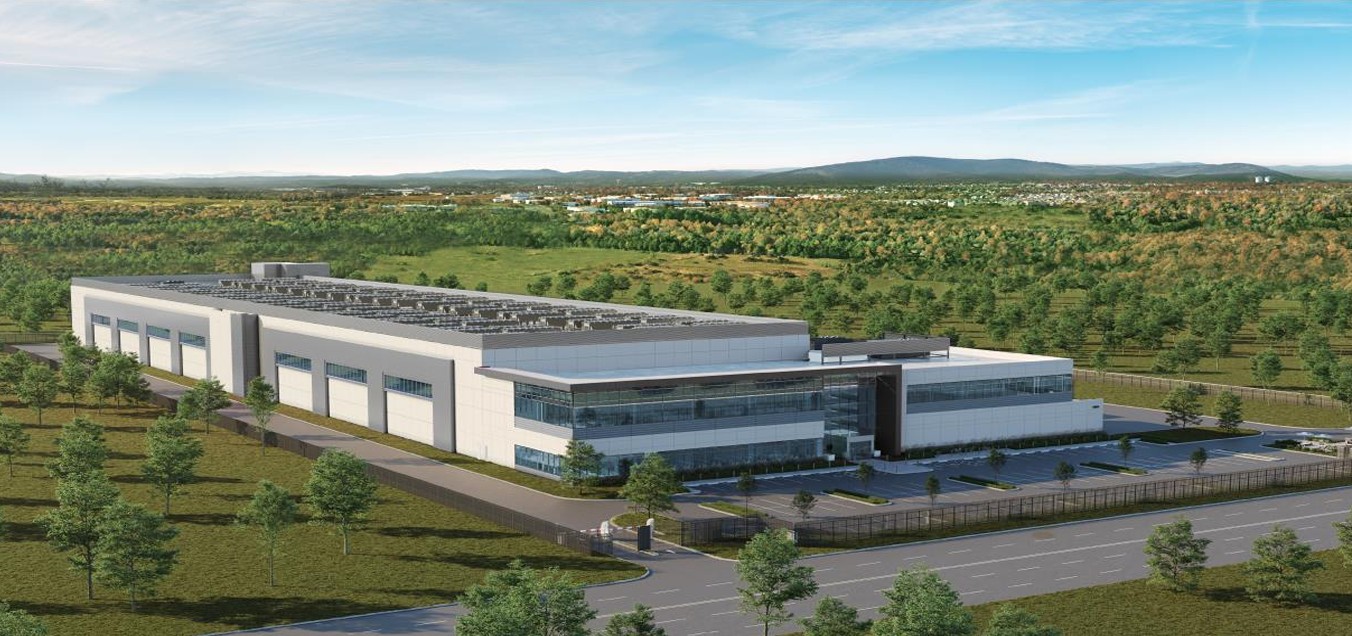Principal real estate investment expert talks data centers at CREW event

Gigi Wood Jun 18, 2025 | 6:00 am
4 min read time
852 wordsAll Latest News, Real Estate and DevelopmentData centers are a hot topic among real estate investors in 2025, according to an investment specialist at Principal Asset Management.
At a CREW Iowa event on June 10, a panel of experts on the local data center market spoke about the industry’s successes, challenges and outlook in Central Iowa.
Panelists at the event were Jackie Nickolaus, land development and permitting program manager at Microsoft; Jennifer Moseley, data center engineer at Turner Construction; Jennifer Brown, economic development director at the city of Waukee; and Raelyn Wharton, associate director of private markets product development at Principal Asset Management.
Wharton shared technical insights on the investment and commercial real estate outlook of data centers in Iowa. To read more Business Record coverage of the event, click here.
Growing investor market
Principal Asset Management manages eight investment strategies with data center exposure. Three of those strategies are 100% allocated to data centers. Within those three strategies, Principal has raised about $4.5 billion in capital from investors, Wharton said.
Investors in data centers are diverse and include public pensions, foreign pensions, endowments, foundations, health care, insurance and more, she said.
Wharton said data centers were the top theme at Principal’s annual Real Estate Investor Conference in May.
In the Open End Diversified Core Equity Index, the benchmark for open-end private equity real estate funds, data centers make up less than 1% of funds. In the public FTSE Nareity Index, however, data centers make up 10%-12%, which likely signals an upcoming trend toward more data center investment for the ODCE index, Wharton said.
“We know that public markets tend to be a bit ahead of private markets in terms of reporting and definitely inform private markets, so you’re seeing investor sentiment really shift toward the wide acceptance of data centers within their portfolio allocations,” Wharton said.
In 2020, 12% of capital raised in private funds went into the data center sector, she said.
Investment tapered down for a few years, but in recent months the number jumped up again.
“In the first quarter of this year, we saw that number jump to 29% of capital rates going into the data center sector, so it made it the second most popular sector behind residential for investor capital,” she said.
Data centers are an attractive investment opportunity because of a lack of supply, good returns and they’re a way to diversify portfolios, Wharton said.
The data center vacancy rate in the top U.S. markets has been below 2% for four consecutive quarters, she said.
“The second piece that investors really like about the data center space is the attractive and risk adjusted return,” Wharton said. “With data centers, you’re looking at long-term leases and really strong, creditworthy tenants, and you’re looking at a property type that really weathers well in [times of] both economic growth and economic decline.”
Data center investment concerns
The top concern of investors when it comes to data centers is access to power, Wharton said.
There could be a multi-year wait to connect data centers to a power grid, she said.
“Sometimes power [connection] in certain markets could be out three to five years or even more,” she said. “Having the ability to put on-site substations is really critical, [as is] working with operators and developers that have relationships with utility companies. Understanding the lead time to get power through to the facility is really important.”
Supply chain disruptions are another concern in the data center sector, Wharton said.
For one, some of the specialized equipment used in data centers is produced in China. Tariffs and low availability of parts can be problematic, she said.
Construction material delays are also typical.
“Being able to put in enhanced purchasing programs to get that equipment purchased ahead of time can really help, so it’s not delaying your construction schedule,” Wharton said.
Tariffs are also expected to have an impact on development, she said.
“From our perspective, we definitely do think that development costs will increase because of [tariffs and supply chain disruptions], but we believe those costs will get pushed down to the tenants through rent,” Wharton said. “Experienced contractors are going to account for this in their budgets, so you’ll see higher material costs and larger contingency budgets.”
She said many expect there to be specific tariff-related language added to data center leases to protect landlords from supply chain issues.
Technological obsolescence is another issue investors ask about, Wharton said.
Because technology is changing so rapidly, especially with the advent of large-scale use of artificial intelligence, there is a concern that the data centers being built now will be obsolete in a few years, she said.
“AI is definitely changing the way that these facilities are designed, but if you remove AI from the on-demand piece of this and just look at cloud storage facilities, the demand for those is still growing exponentially,” Wharton said. “That’s not going away just because AI is also growing. It’s expected this year that there will be more than 30 billion connected devices, so that’s more than four devices per person that are streaming, syncing, scrolling and those facilities are absolutely still needed.”

Gigi Wood
Gigi Wood is a senior staff writer at Business Record. She covers economic development, government policy and law, agriculture, energy, and manufacturing.











